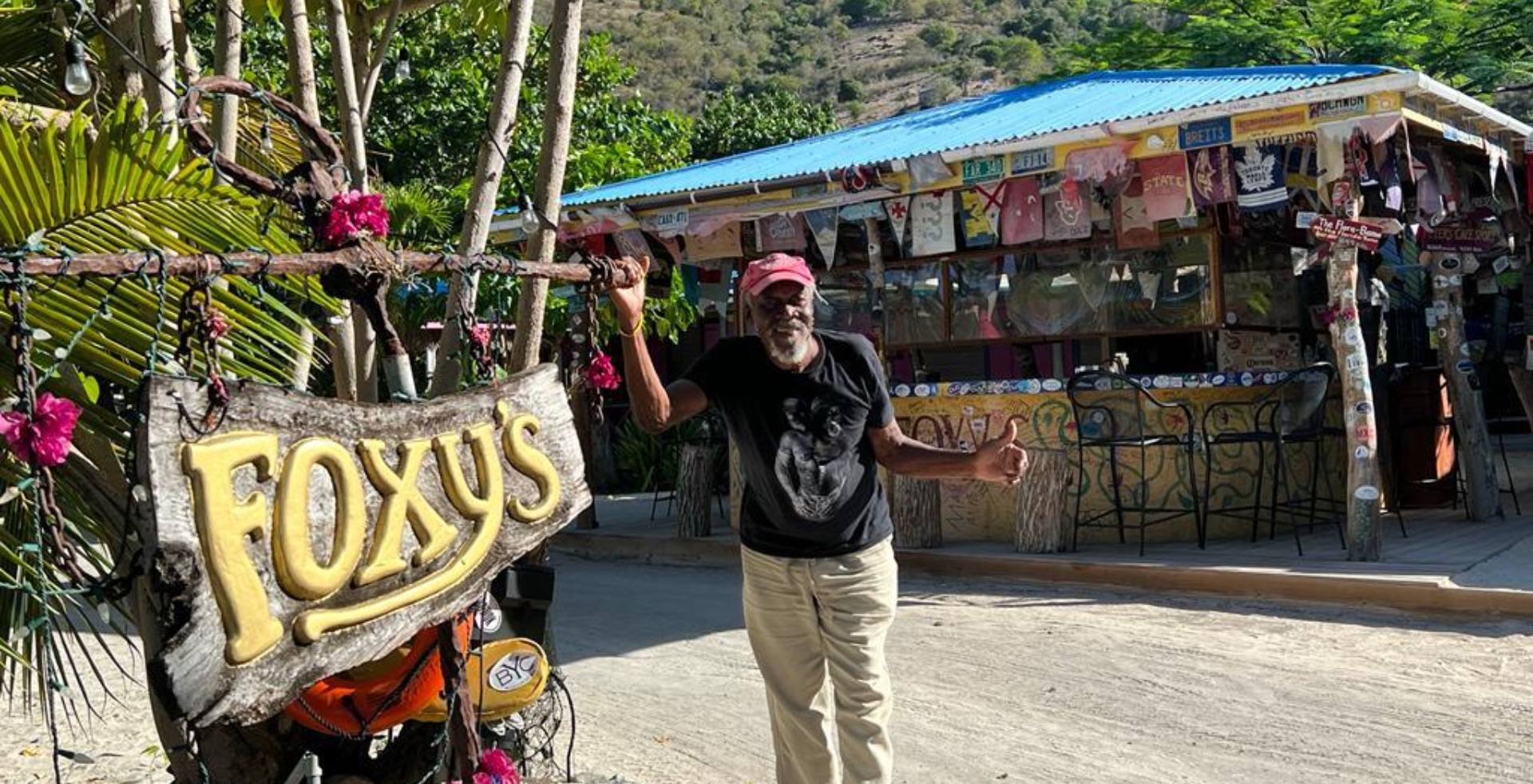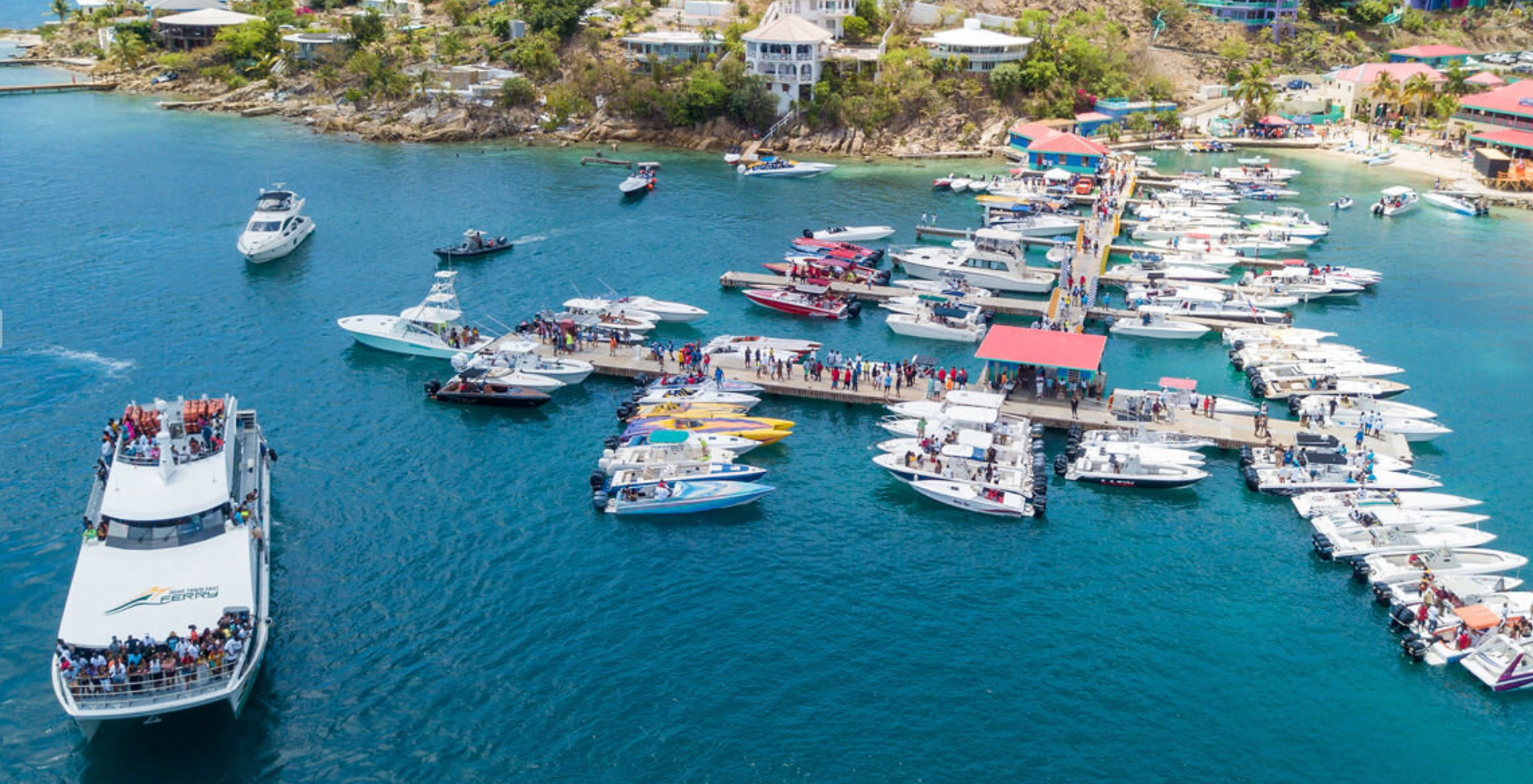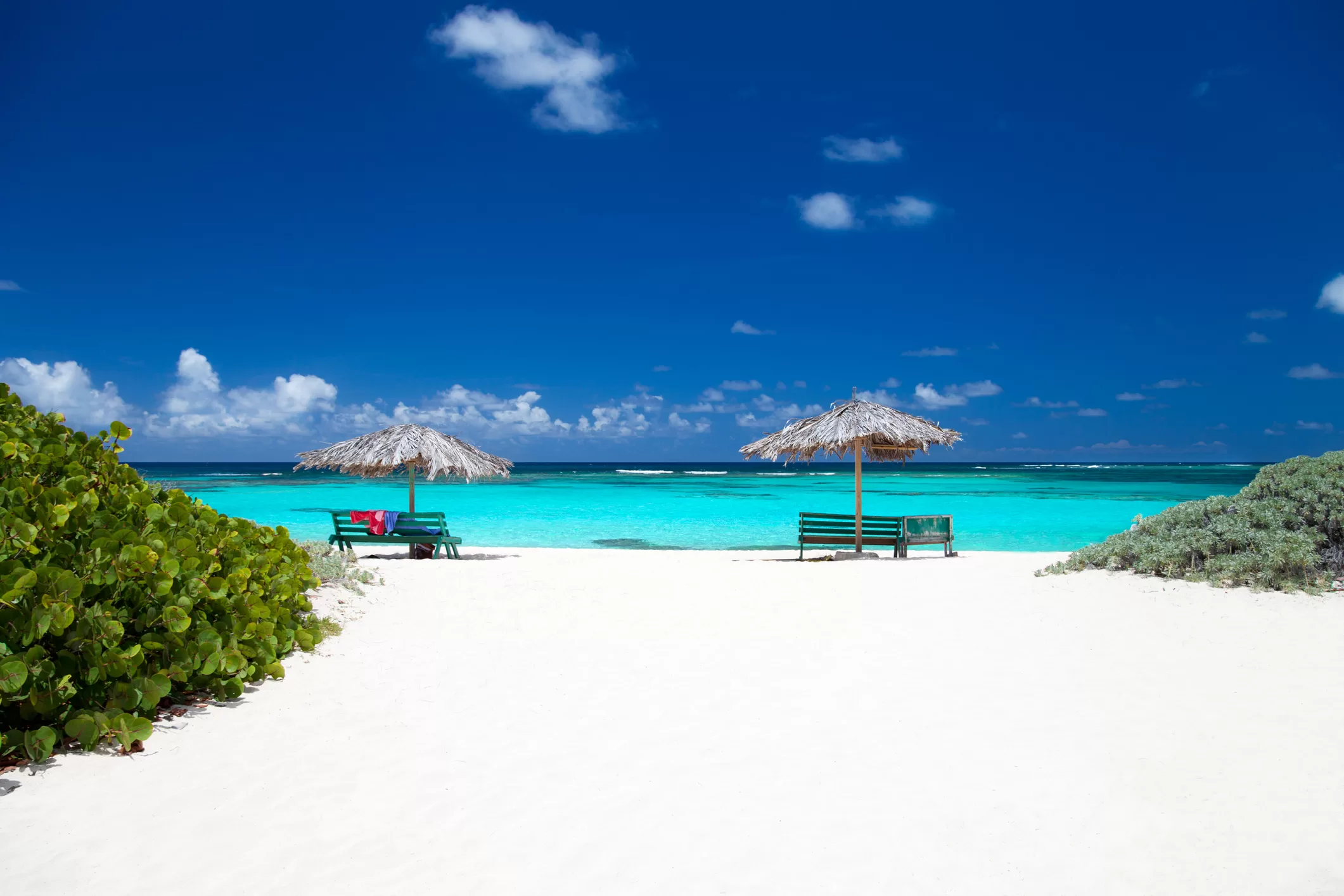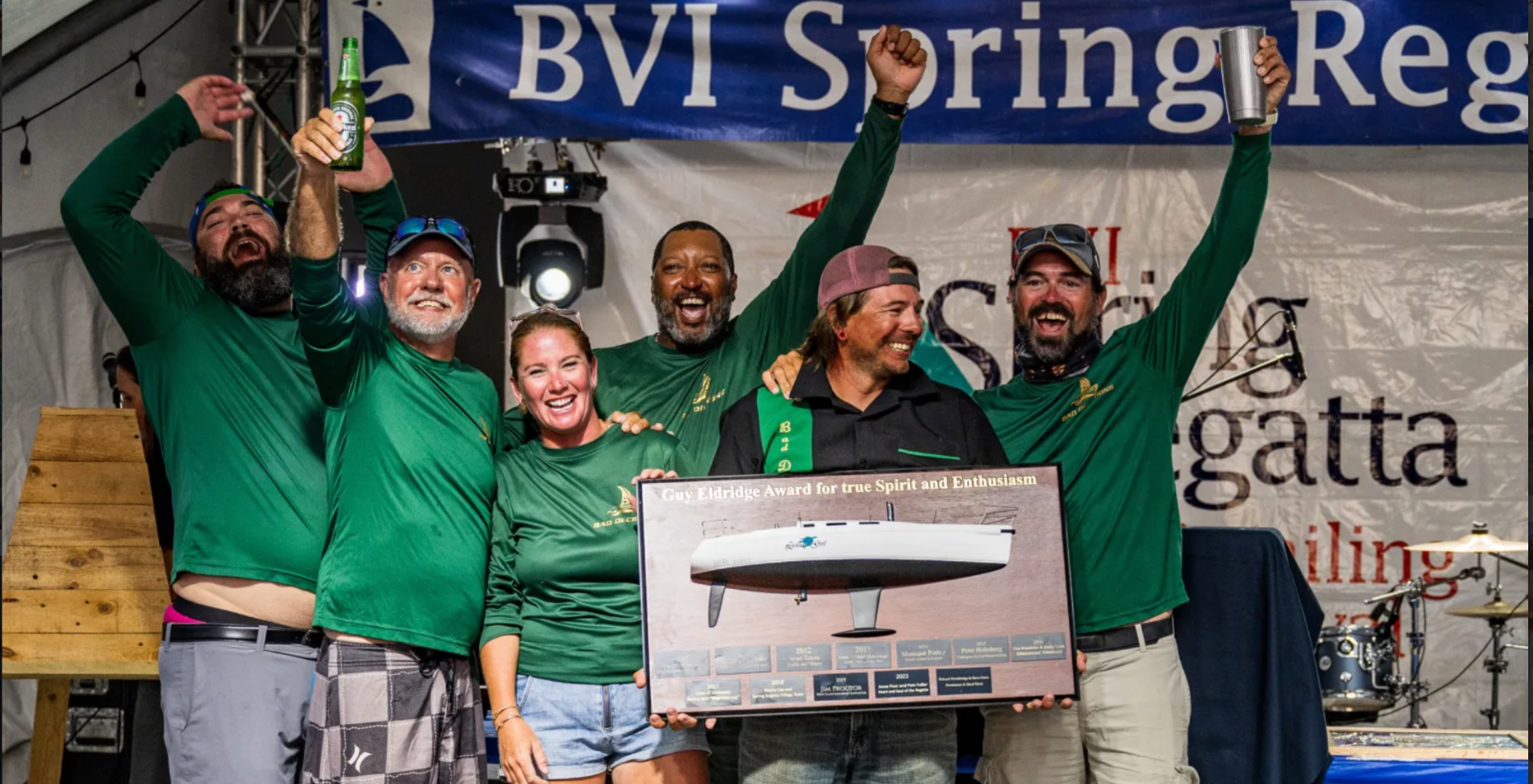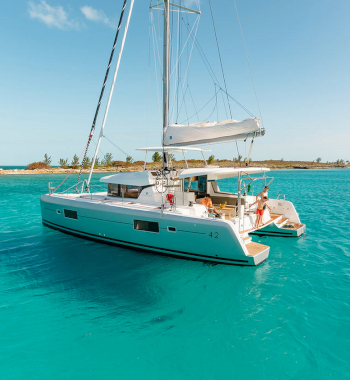BVI ARK and “rrreefs” are Building A New Coral World

There is a new reef growing in The BVI thanks to an innovative project spearheaded by the Association of Reef Keepers (ARK) and “rrreefs”, a Swiss based company. Made of 3-d printed clay bricks, the artificial structure located at Cistern Rock, Cooper Island will evolve into a self-sufficient coral reef that will attract a host of marine life.
The project, was brought together by “an amazing partnership” of non-profit organizations and private companies says, ARK Managing Director Dr. Shannon Gore, and is “a testament to coral conservation.”
Coral reefs are natural wonders, underwater cities that house a myriad of marine creatures. Sea fans, elkhorn and brain corals, colorful sponges and countless fish are among its many denizens.
The British Virgin Islands’ coral reefs protect shores from storm surge, and provide protective nurseries for nurturing young fish.
But, like coral reefs throughout the world, the BVI’s coral reefs are in trouble. Coral bleaching and various diseases, including stony coral tissue loss disease are killing off the area’s reefs. This impacts not only a vital part of the marine eco system, but local fisheries, as well as tourism, since snorkeling and diving are both favorite activities for island visitors.

The ARK and rreefs venture has set out to reverse this trend and encourage the growth of new coral reefs in the Virgin Islands. According to Dr. Gore, the structure is important to the marine environment in many ways, and top among these is providing new fish habitats.
Rrreefs’ Innovative Thinking
Rrreef’s system of 3D-printed bricks is also in use in San Andrés, Colombia where it already has increased fish biodiversity and coral growth at their pilot site.
The size and shape of the reef structure differs from site to site. A modular system, which has been described by some as being akin to large clay Legos, can redirect currents and prevent erosion. According to rrreefs the system’s “ecological niches with its different sizes and flow conditions promote a high biodiversity.”
A young and dynamic company, rrreefs was founded in 2020 by three women, Marie Griesmar, Ulrike Pfreundt, and Hanna Kuhfuß, with Josephine Graf recently joining the core team. “Solving the climate and biodiversity crisis is one of the biggest and most urgent challenges of our times,” is posted on their website as among the company’s tenets.

The surface structure of the bricks is scientifically designed to help coral larvae settle and survive, promoting coral reproduction and growth – and ultimately – adaptation to new environmental conditions. The biodiversity-enhancing design provides a lot of new habitat with very little resources, the company says.
The New Reef at Cooper Island
The reef at Cistern Rock is comprised of 254 bricks which were made in Switzerland and shipped to the BVI. It was assembled on the Cistern Rock site with the help of several companies and organizations including Beyond the Reef, the Husky Salvage team, Captain Mulligan’s, Cooper Island and Sail Caribbean Divers. The project also has the encouragement of the VI Government. The site will be monitored by StreamOcean which uses AI powered data analysis to monitor ocean biodiversity.
The project came about, Dr. Gore explains, when Island Shipping connected her with a group of students and teachers from Institut Le Rosey, an elite private secondary school in Switzerland, which had come to the BVI to study the marine environment. They connected her with the Swiss based rrreefs organization and things took off from there.
What is different about this system from others,” Dr. Gore, emphasizes is that it is “totally natural since it is made of clay. There are lots of little bits and crevices for coral to hang onto, which gives it an advantage over other manmade reefs like sunken ships and planes.” She adds, that as corals bind onto the clay structure it becomes even stronger.

Growing a coral reef is complex whether solely in nature or giving it a boost with the help of artificial structures. What the rrreefs brick system does is give its organism a framework onto which to develop. With its porous texture and alkalinity, earthenware, especially burnt clay, provides an ideal substrate for corals to attach to and grow.
How Corals Form
So how do corals grow? The major architect of the coral community is an unlikely little animal called the polyp. This tiny creature, closely related to the sea anemone, is an opportunist, happy to anchor onto something solid like a rock and sit there waiting for food to drift within reach of its tentacles.
If it is a hard coral, it secretes an outer skeleton of calcium carbonate shaped like a limestone cup. For the most part, corals develop by the individual polyp growing in size and complexity. Branching and multiplying into flower like structures, the coral grows upwards towards the sun.
With the help of other marine organisms, such as stony algae, or tubeworms, the coral formations are bound together more firmly, and as time goes on physical and chemical reactions consolidate these elements into solid coralline limestone.
In other cases, as with brain coral, the polyps remain close together until they become united into a compact unit. In various ways then, the small polyp eventually forms large heavy masses of rock. An elkhorn coral may only lengthen three or four inches a year, but over the course of 1,000 years they can build up considerable area.
These are characteristics of the hard corals, but not all corals are hard to the touch. Gorgonians, such as sea whips, sea plumes and sea fans have flexible horny skeletons and only small amounts of carbonate. These graceful corals can dance to the movements of the sea and its currents.
Dr. Gore would like to eventually install the rrreefs brick structures in other locations. “The design of these 3D printed bricks can be seamlessly integrated within deteriorating reefs to rebuild areas that are no longer able to protect shorelines from erosion.”
Preserving existing reefs and building new ones will help to ensure that this vital member of the marine ecosystem continues well into the future.
For more information on ARK go to
And on RRReefs:
For a story at The BVI Insider on another of ARK’s many projects go to:

